Nintendo 2020: how the Nintendo Switch thrived in a year of next-gen consoles
The Nintendo Switch has been the best-selling video game console in the United States for two whole years as of December 2020, selling over 1.35 million units in November alone. Not a bad spell for a three-year-old console that doesn’t offer the same blistering specifications of Sony or Microsoft’s 2020 next-gen offerings.
Demand for this adaptive portable device is yet to cease and has only gotten stronger as families of gamers have found themselves stuck indoors looking for mindful, accessible escapism. Nintendo has found itself in an important position as a provider of play in 2020, stumbling into a perfect storm.
As a result, the Nintendo Switch has been sold out for months on end. Closed gyms and leisure centers have also led to a surge in Ring Fit Adventure sales too. Despite originally launching in 2019, Nintendo’s indoor fitness game received a new lease on life during quarantine, and even now they’re both still tricky to purchase.
Here’s how Nintendo has come to dominate the games industry in 2020, without releasing a next-gen console of its own.
The Switch shortage of 2020
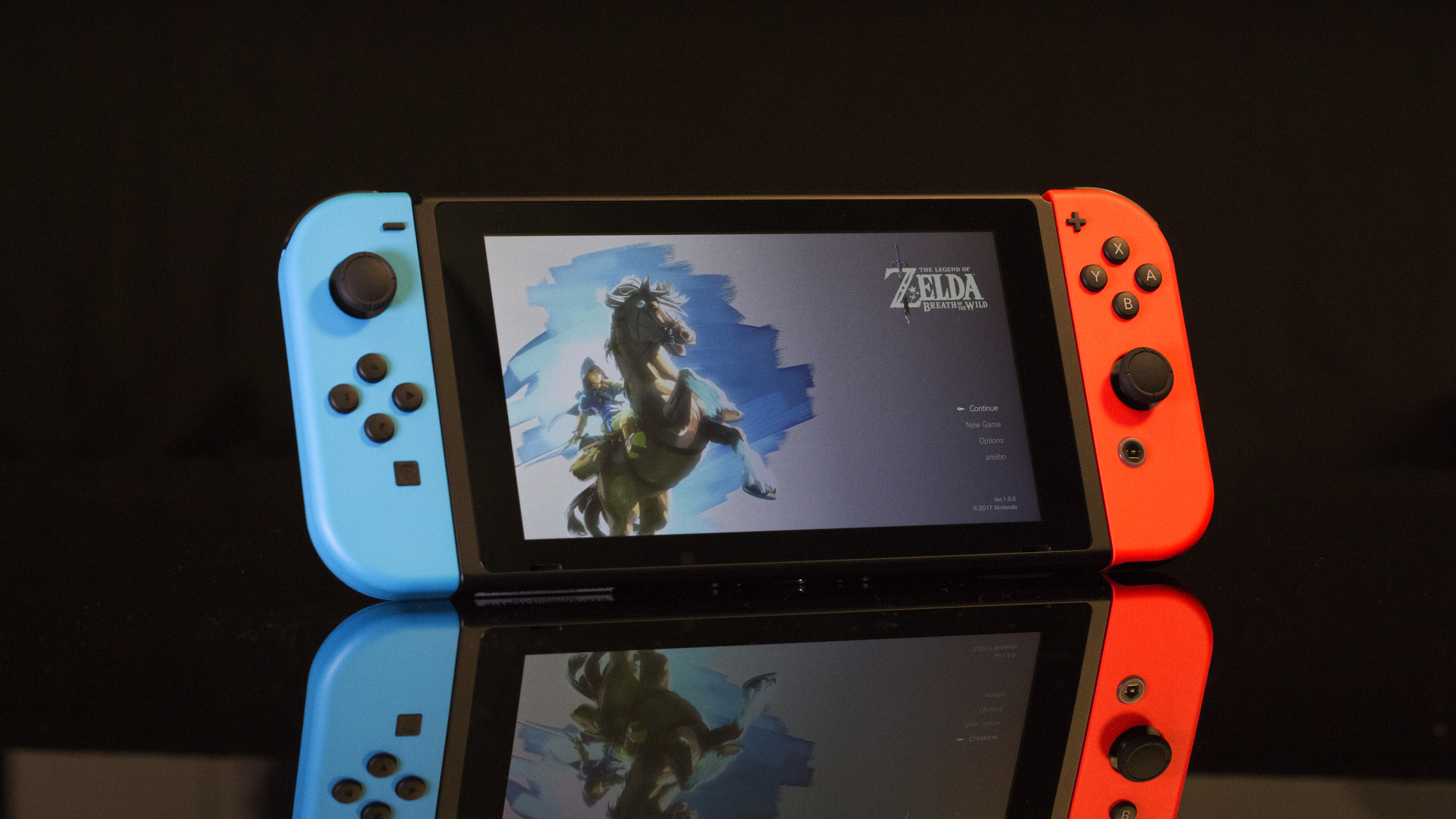
Nintendo Switch stock shortages hit retailers globally in early 2020 - around the time Covid 19 restrictions began to come into place globally. After an extremely successful 2019, Nintendo Switch was the obvious choice for gamers looking for new hardware to tide them over during lockdown given the imminent Xbox and PlayStation revisions coming at the end of the year.
The launch of the cheaper Nintendo Switch Lite in September 2019 made the system even more accessible too, especially for players who weren’t interested in docked gameplay and were simply looking for an affordable gaming device.
A global pandemic combined with having the (at the time) most affordable gaming console on the market, meant that Nintendo had the perfect formula for success in 2020. The release of a serene new game, that saw players whisked off to an exotic island, didn’t hurt either.
Bring me the horizon
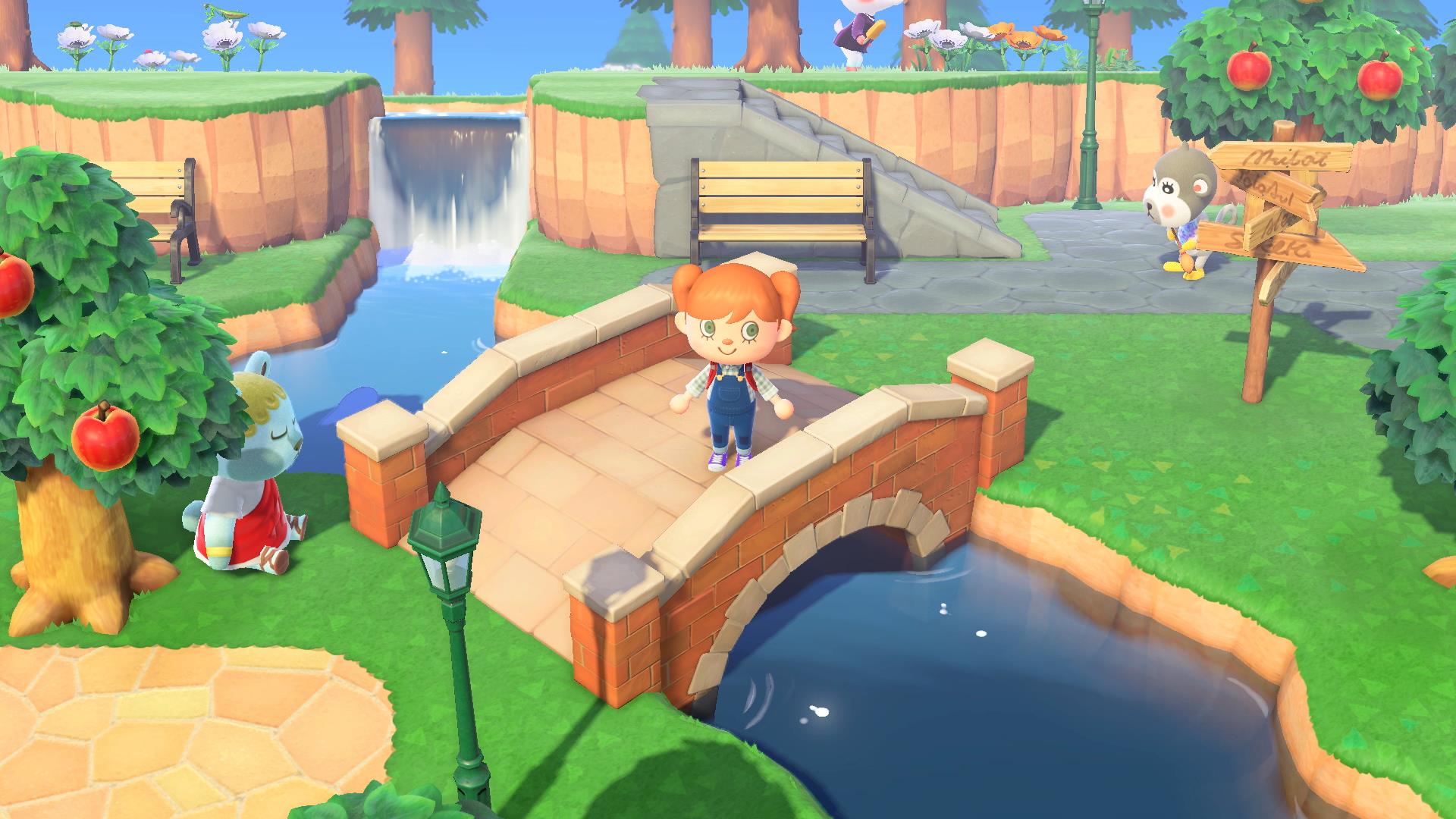
During E3 2019, fans ravenous for Animal Crossing: New Horizons weredisappointed to hear that the game had been delayed into 2020. In hindsight, this was a clear bout of serendipity. As the world was gripped by a vicious pandemic, New Horizons launched in the middle of March and quickly became a welcome reprieve from the chaos that surrounded us.
Such a therapeutic revision of an already iconic series was always going to go down well — but the parameters of the pandemic only exacerbated its usefulness in 2020. It’s the reason the game has now sold over 26 million copies in just six short months. For some scale, over its entire multi-platform lifespan, The Elder Scrolls V: Skyrim has sold 30 million copies since 2011. It seems that everyone and their grandparents are playing it, and that’s because it has become an unlikely vehicle for incredible amounts of empathy over the course of the year.
New Horizons has acted as a low-key meeting space as well as a venue for impossible events. In absence of social normality, players have hosted weddings, graduations, talk shows, dates and even presidential campaigns within its cutesy confines this year. It’s been refreshing to see the gaming community rally around this unproblematic gem of a game that has provided us all with so much joy. The reason it’s such a key point of focus in Nintendo’s 2020 is that beyond New Horizons, there haven’t been that many big launches this year.
Mario makes a return
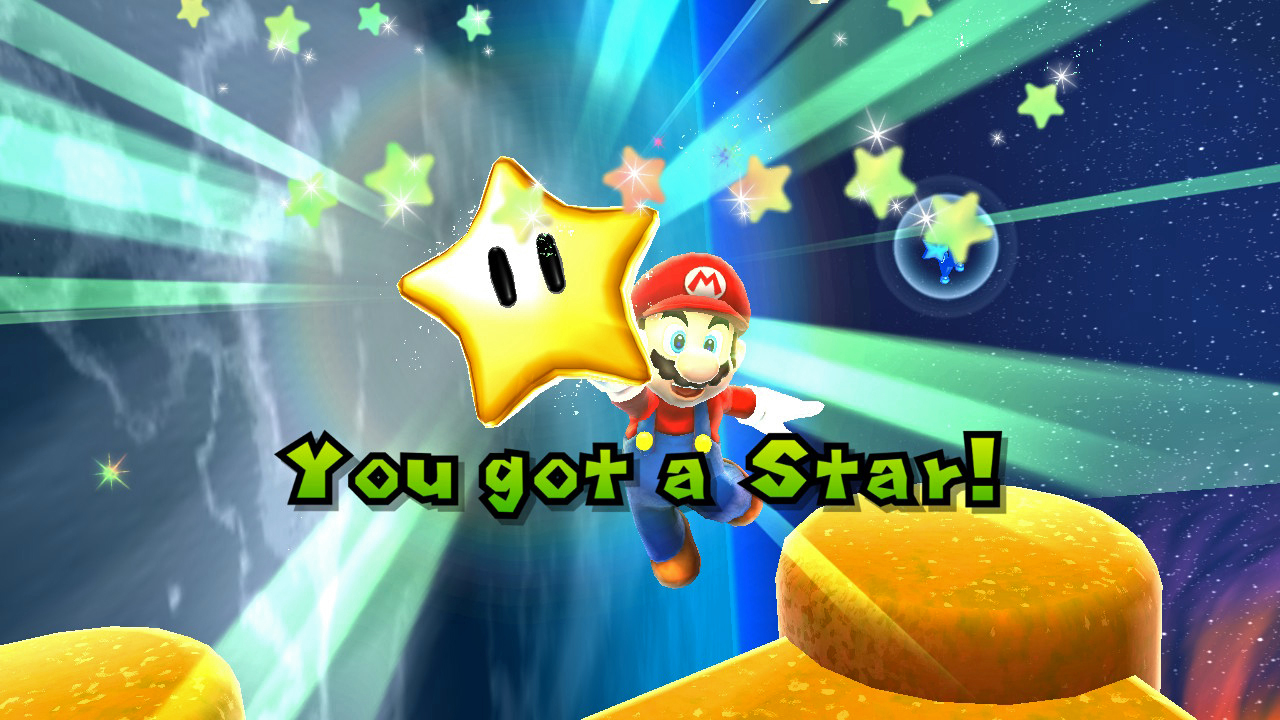
Tonnes of critically acclaimed games like GOTY contender Hades have graced the ever-bustling eShop this year, but in regards to Nintendo’s major first-party output, things have been fairly quiet in 2020. There’s been a focus on porting or remastering older games, with some of Nintendo’s golden oldies arriving on the Nintendo Switch this year.
The obvious example is the Super Mario 3D All-Stars Collection, which gave a new generation the opportunity to play Super Mario 64, Super Mario Sunshine and Super Mario Galaxy. Galaxy, in particular, feels like the ultimate version of the game and definitely made up for the lack of first-party titles.
More than ever though, third-party publishers and developers have been committing their support to the console throughout 2020. Bioshock and Borderlands collections arrived on the Switch in May, and AAA titles like Control were made playable through streaming technology. Hell, even the previously Xbox console exclusive Ori and the Will of the Wisps popped up on Nintendo Switch in September. The no-brainer marketing win of putting your game on the Nintendo Switch still persists to this day, and the renewed commitment from third-parties must be refreshing for Nintendo following the lack of support during the Wii U era.
The spirit of play endures
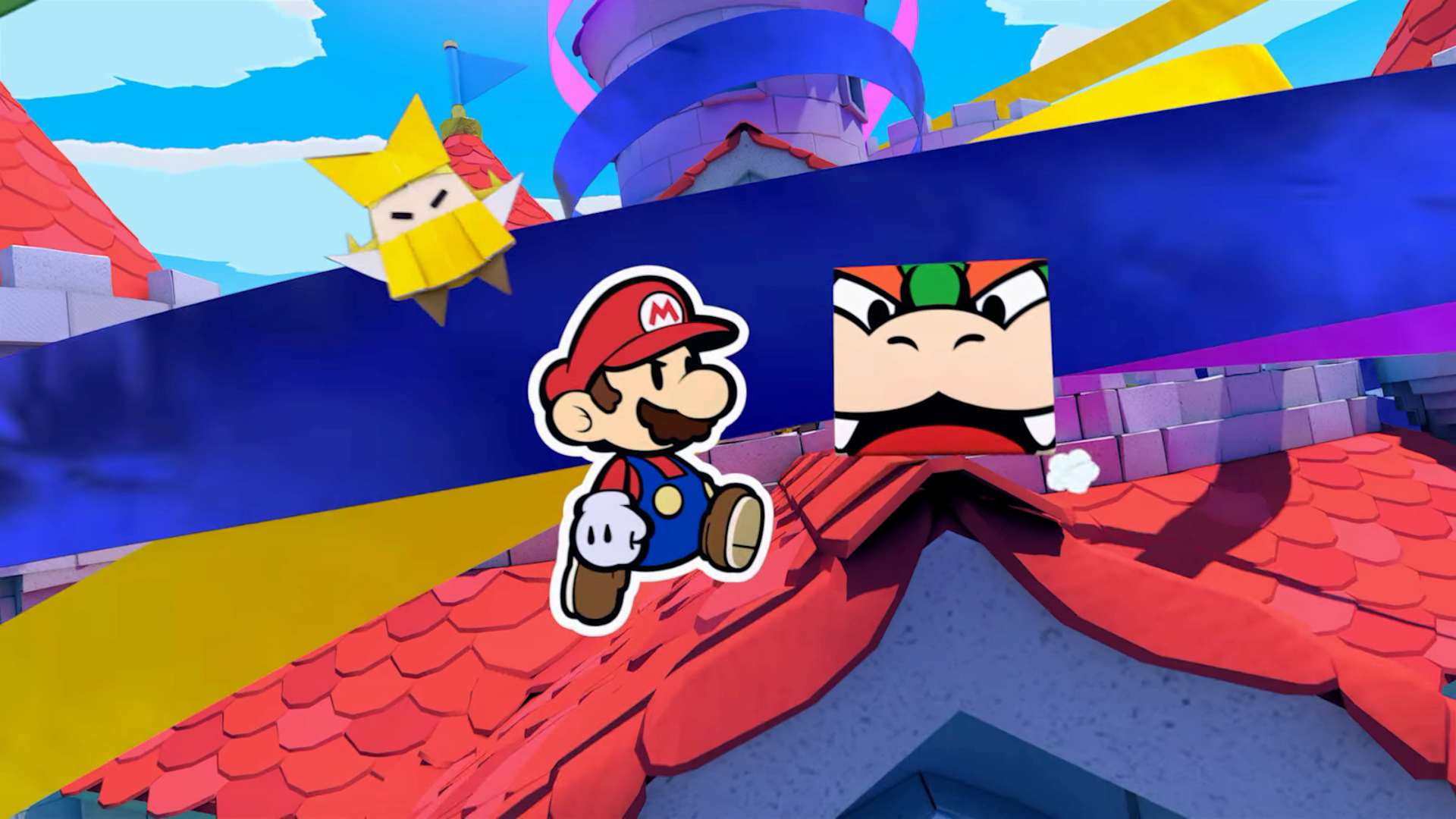
More NES and SNES games were added to the Nintendo Switch Online subscription service too, but the addition of a true Wii-era Virtual Console is still missing from the Nintendo Switch’s digital library. It’s a shame because there are so many Nintendo 64 and GameCube games simply begging to be brought to the current console ecosystem. After proving it can emulate older titles with Super Mario 64 and Super Mario Sunshine, this feels like it would be a smart move for Nintendo in the near future. The question is whether they’ll want to repackage those games as limited collections or allow players to pick and choose on the eShop.
Yet even without a flurry of tentpole titles, Nintendo’s output has still been inventive in a difficult year. As well as the expansions to Pokémon Sword and Shield and a (clearly underrated) RPG in Paper Mario: The Origami King, games like Mario Kart Live brought the racing series to your home. Leveraging augmented-reality technology, Mario and friends can now race through bungalows and flats (and usually bump into pets). As we closed in on the end of the year, Hyrule Warriors: Age of Calamity received a somewhat lukewarm reception, with hype being curried elsewhere as part of Nintendo’s enduring Super Smash Bros. Ultimate offensive.
The addition of Minecraft characters to Ultimate in October was a major moment for the roster — a collaboration with the world’s best-selling game shook the internet. Fans hoping for Sora or Crash Bandicoot were then rebuked as a Sephiroth-shaped surprise landed in December, providing us with the now-iconic image of the Final Fantasy villain impaling Mario.
Going pro
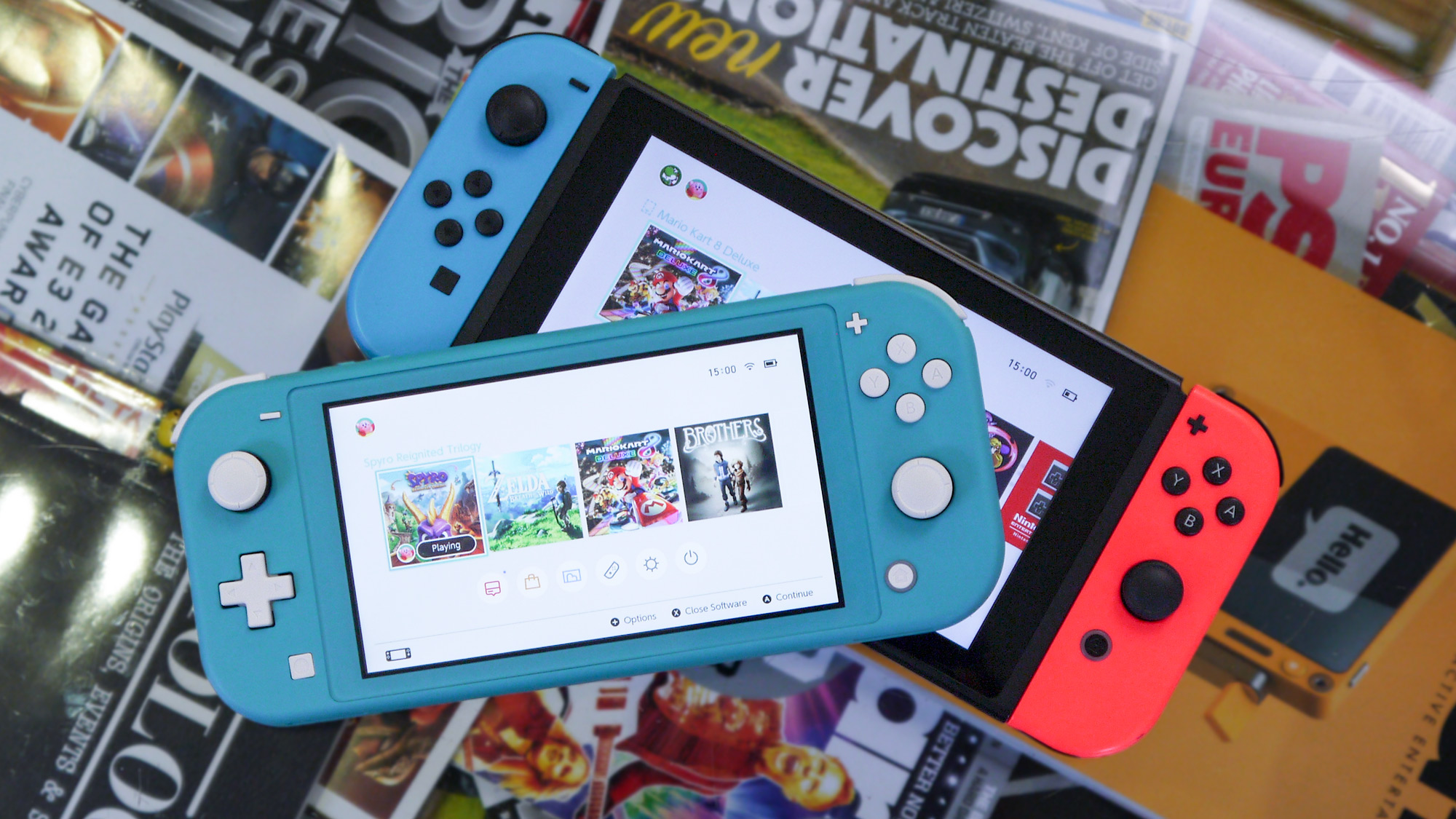
A few surprise game announcements were peppered throughout 2020 too, with new New Pokémon Snap and Monster Hunter Rise now on the horizon for 2021. But even with such success in 2020, a ‘pro’ revision of the Nintendo Switch (or Nintendo Switch 2) is still in high demand. At this point, it is starting to feel like the graphics on third-party ports of games like Immortals: Fenyx Rising equal a compromise in fidelity for portability.
As such, a new, more powerful console would be a winning move for Nintendo in 2021, especially if it were to coincide with the Breath of the Wild sequel that’s currently in the works. But the ongoing success of the base model and the Nintendo Switch Lite is probably giving the developer an incentive to pump the brakes. Nintendo of America President Doug Bowser (yes, really) pretty much confirmed that stance in a recent interview with Polygon, where he said that the company was still seeing momentum in the fourth year of the Nintendo Switch’s life cycle.
Many will have bought a Nintendo Switch for Christmas 2020, so to release a new model quickly after the holiday period might be too soon to offer an upgrade while so many are still very happy with what the Nintendo Switch has to offer. It’s not like Nintendo is trying to compete with Sony or Microsoft in regards to specifications — the company is in an entirely different lane.


No comments